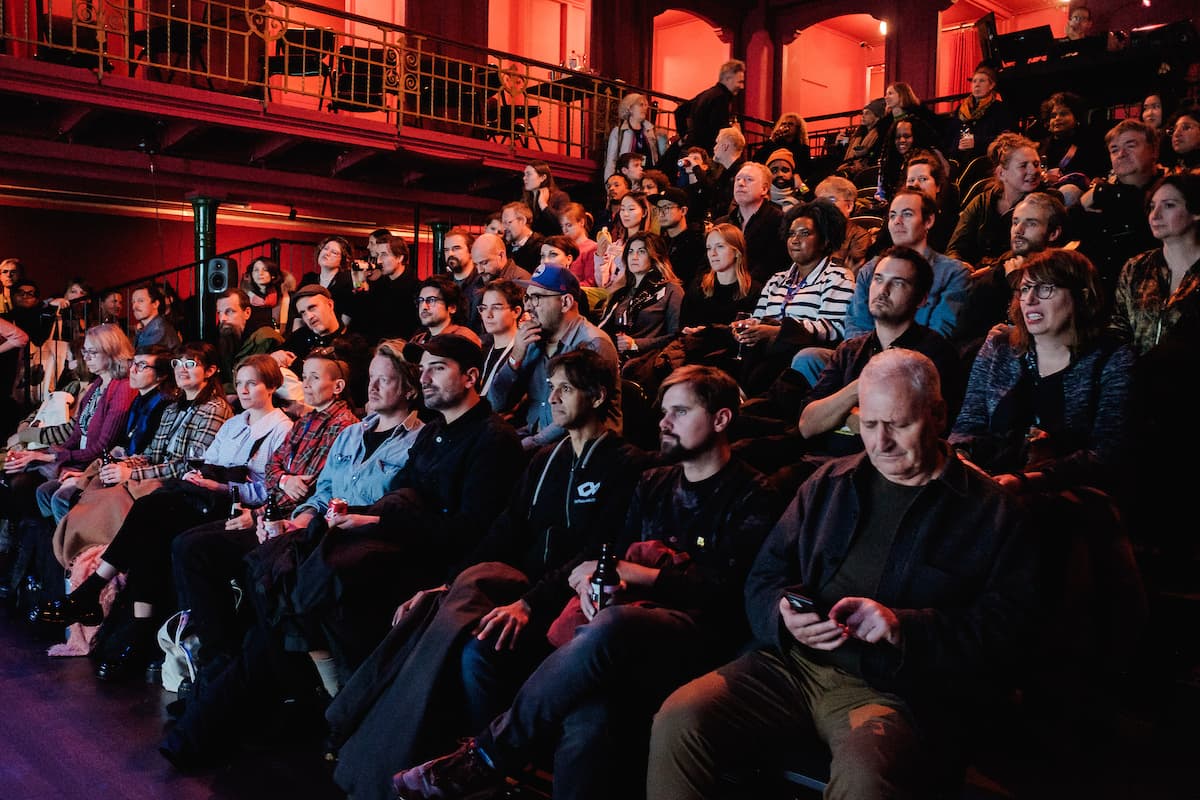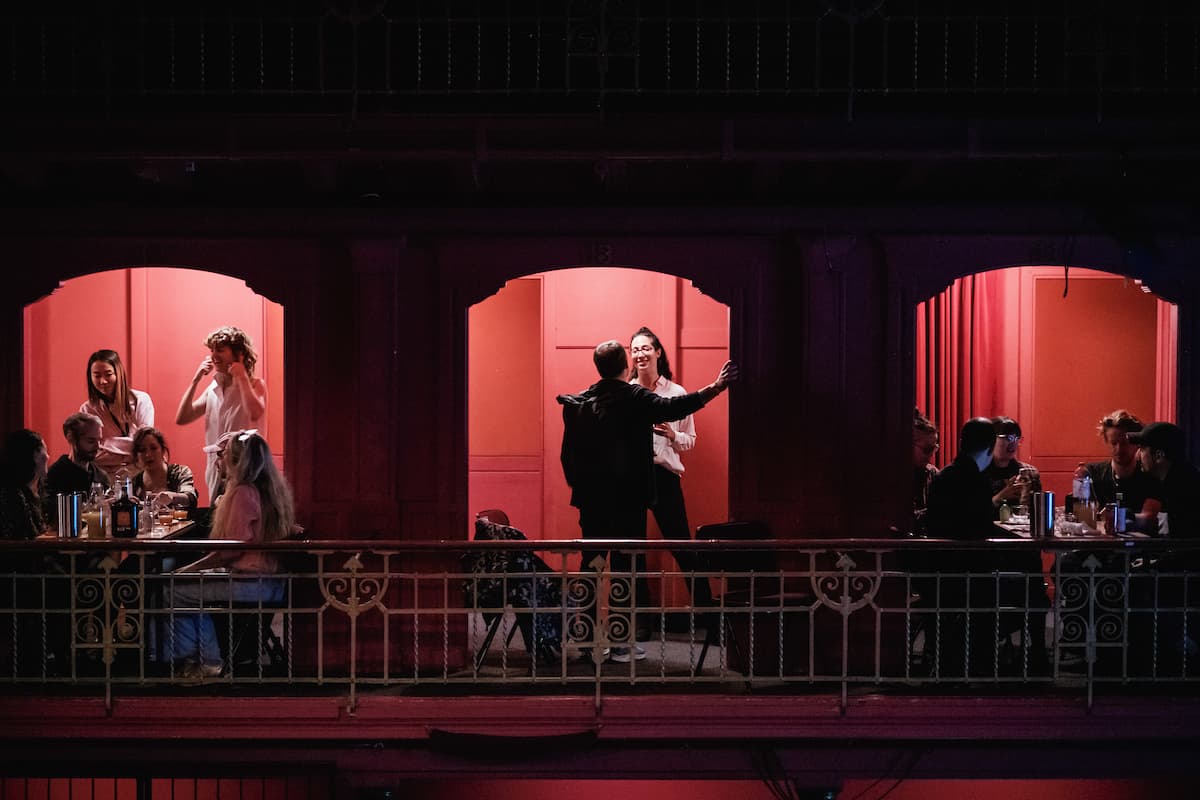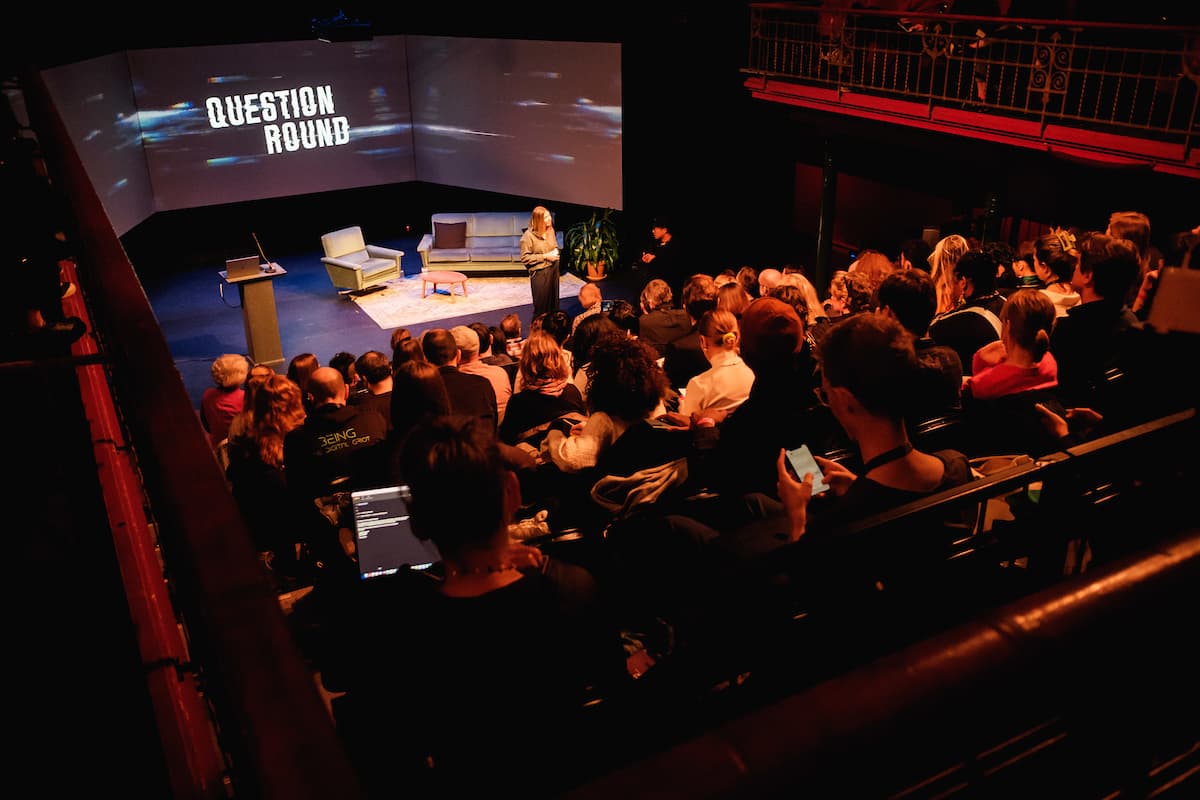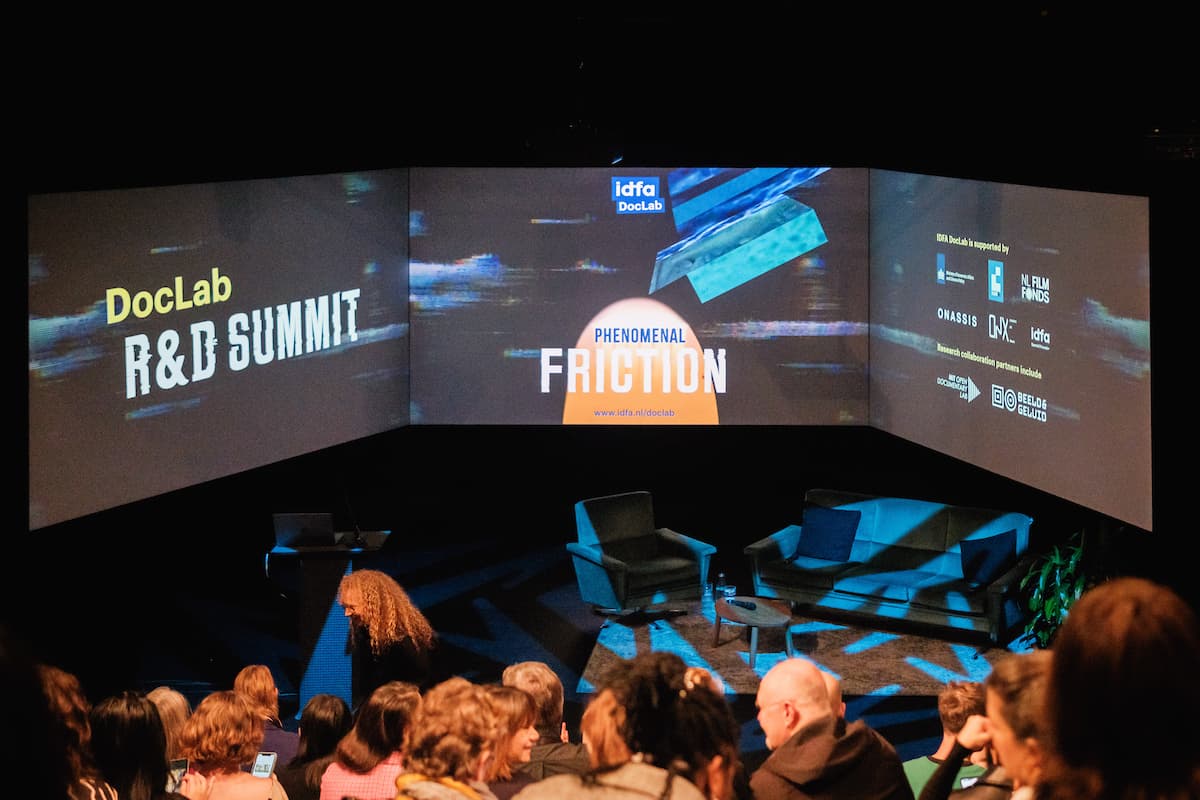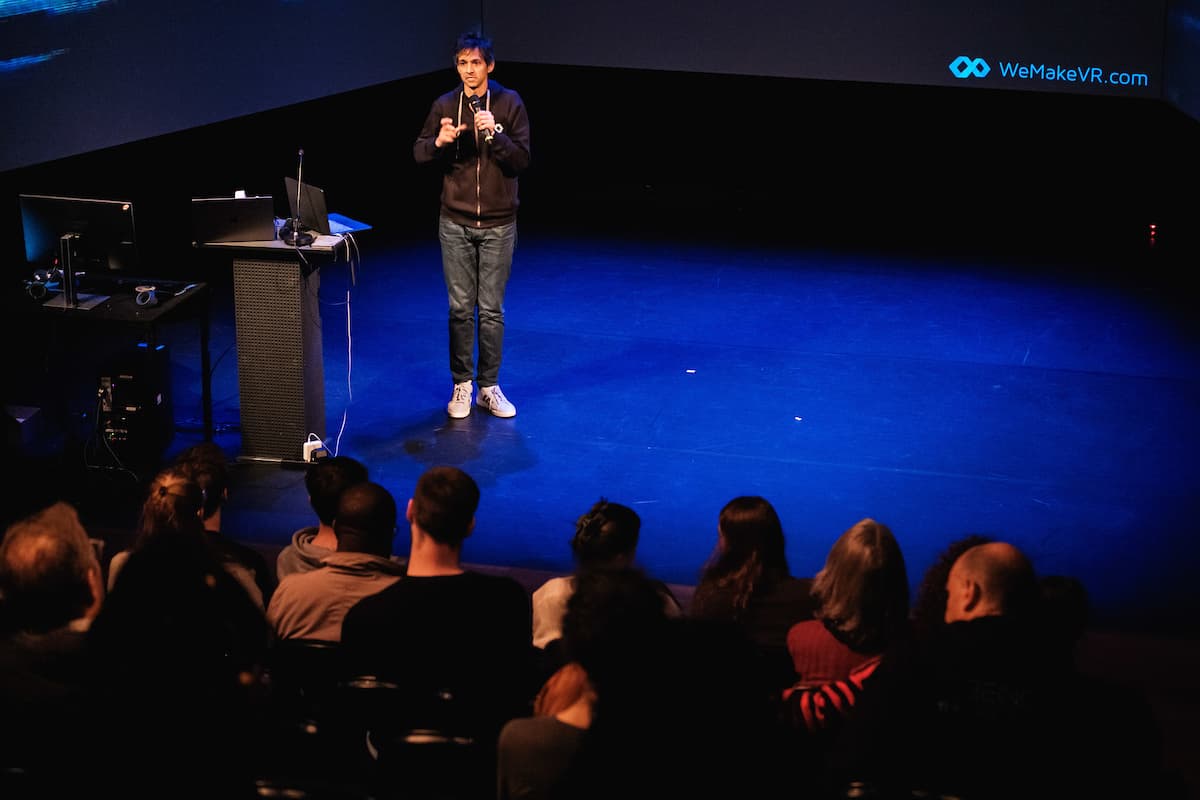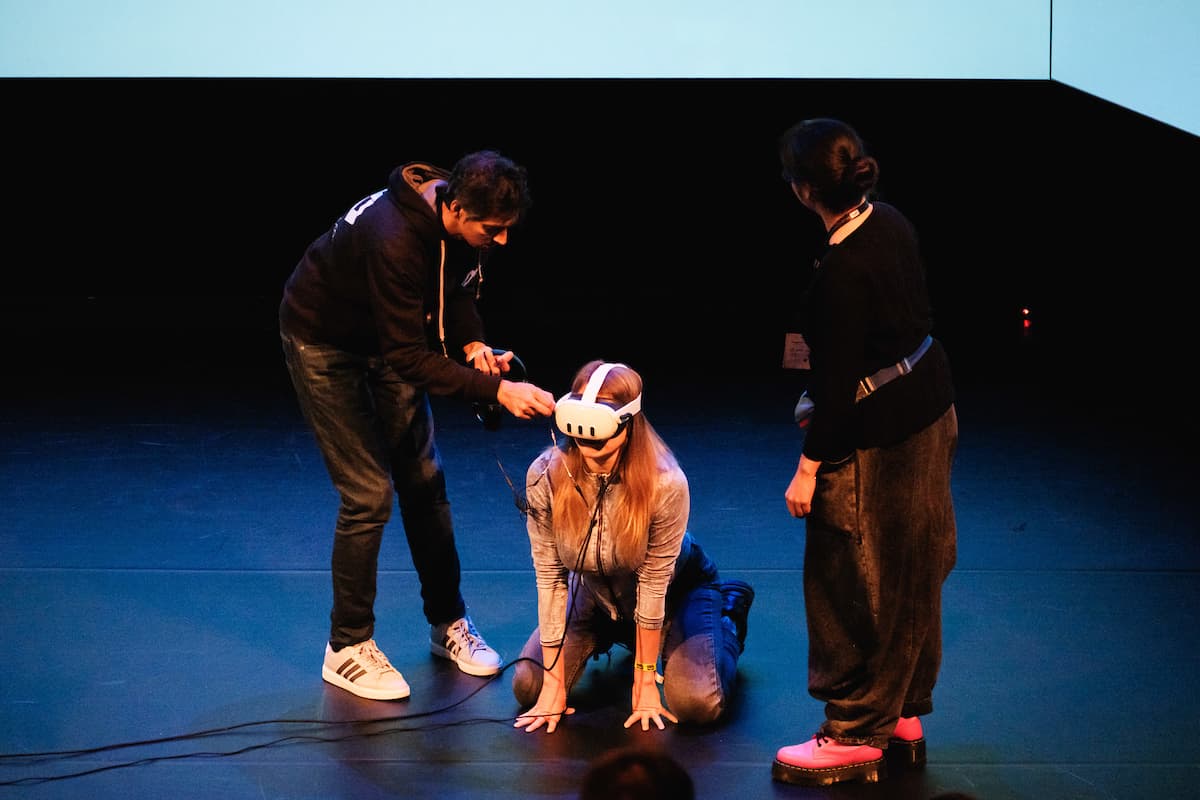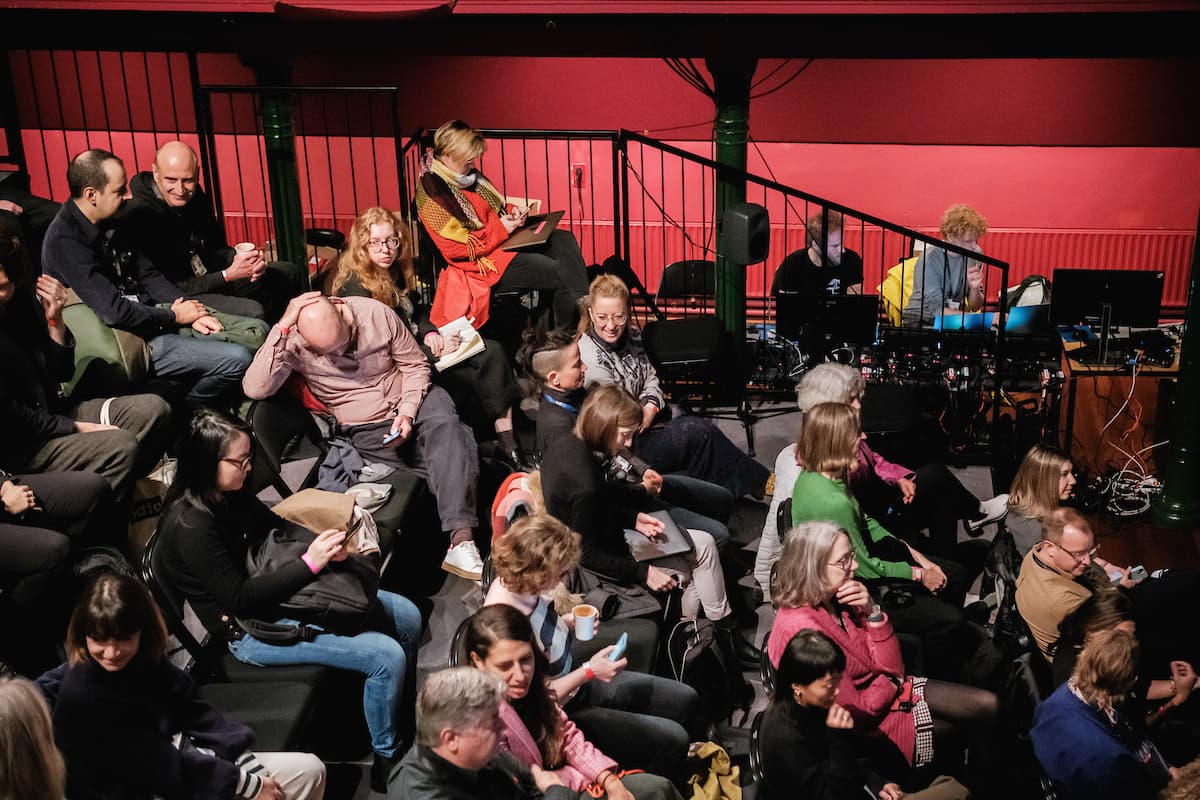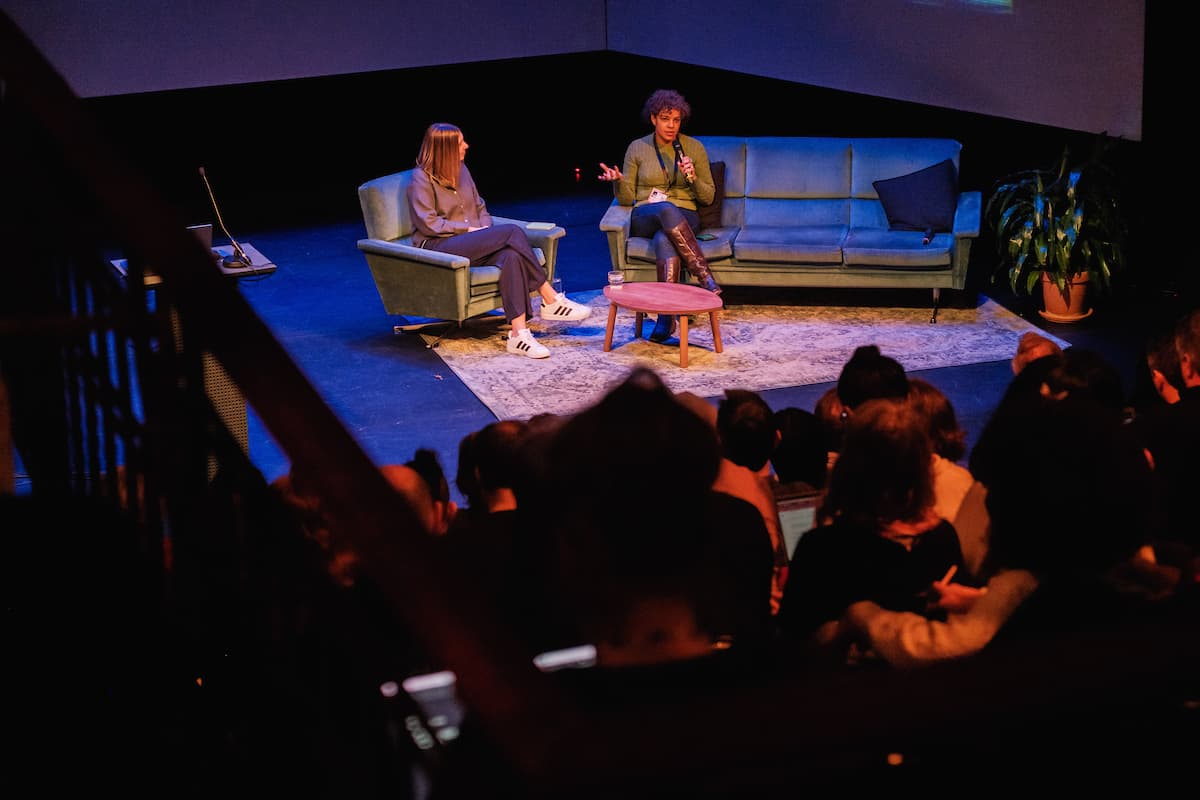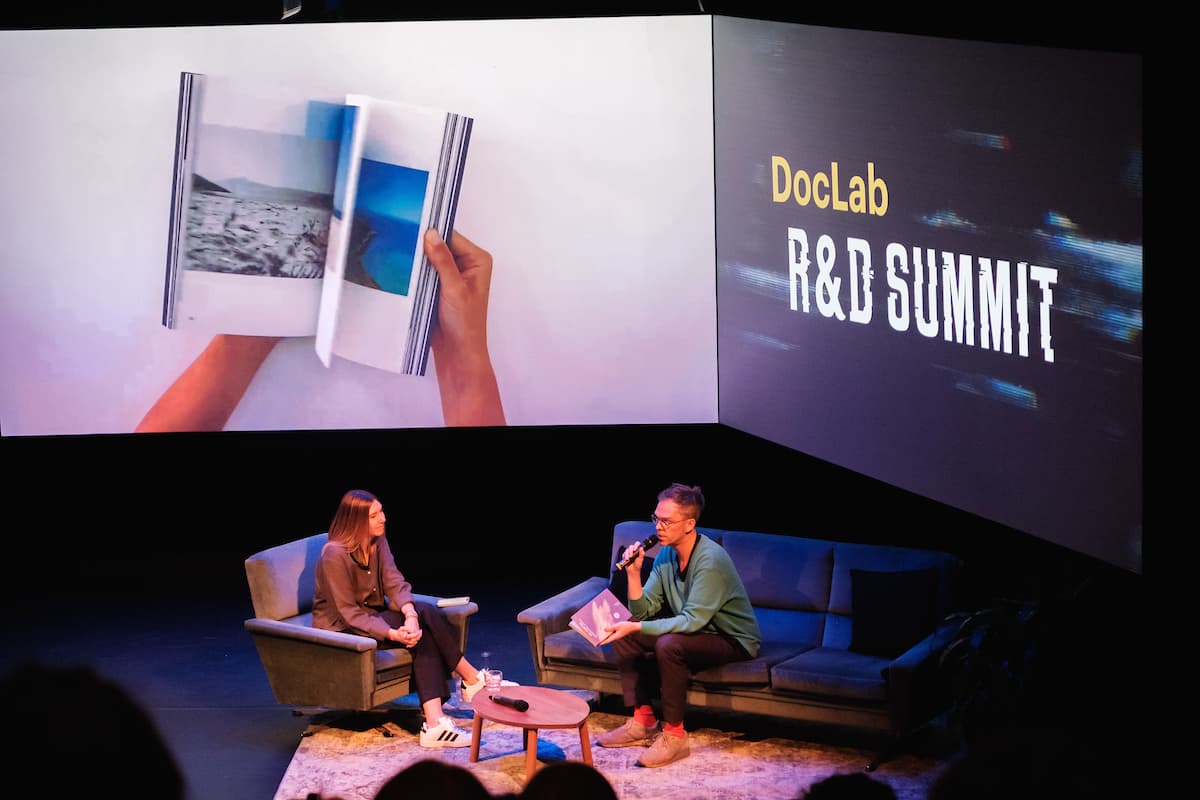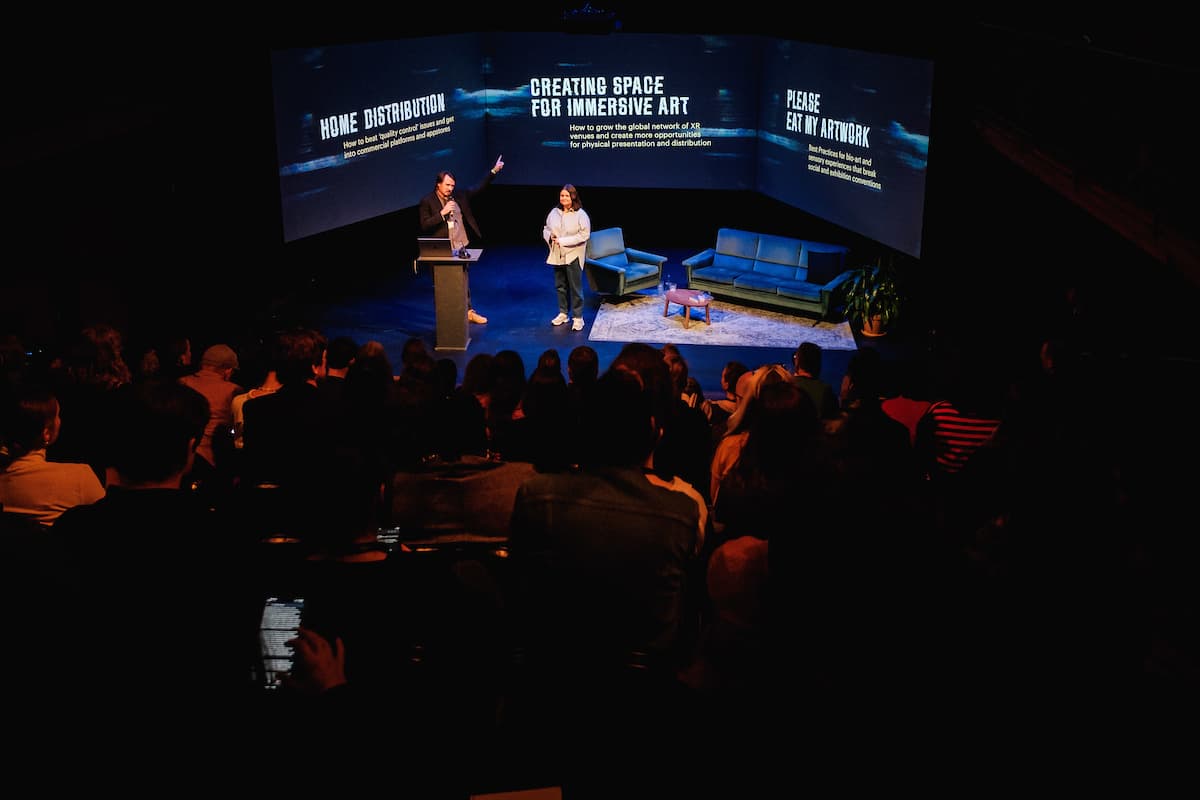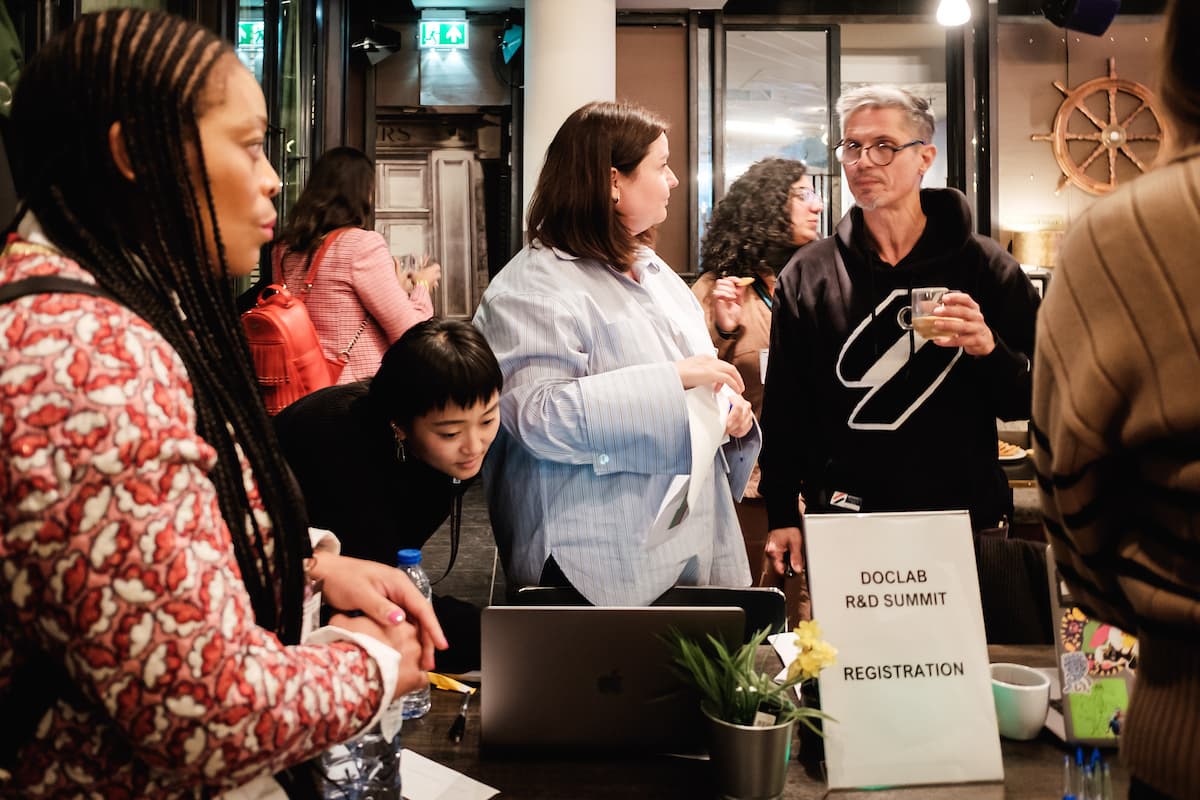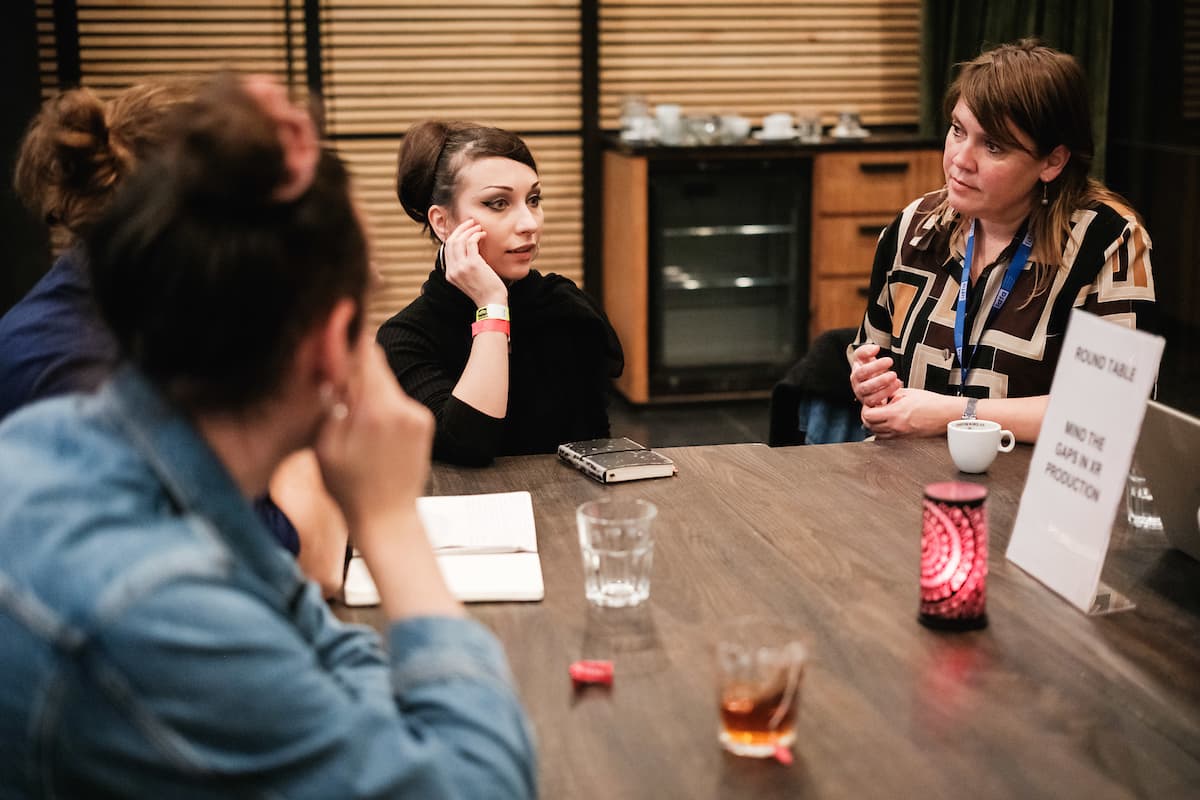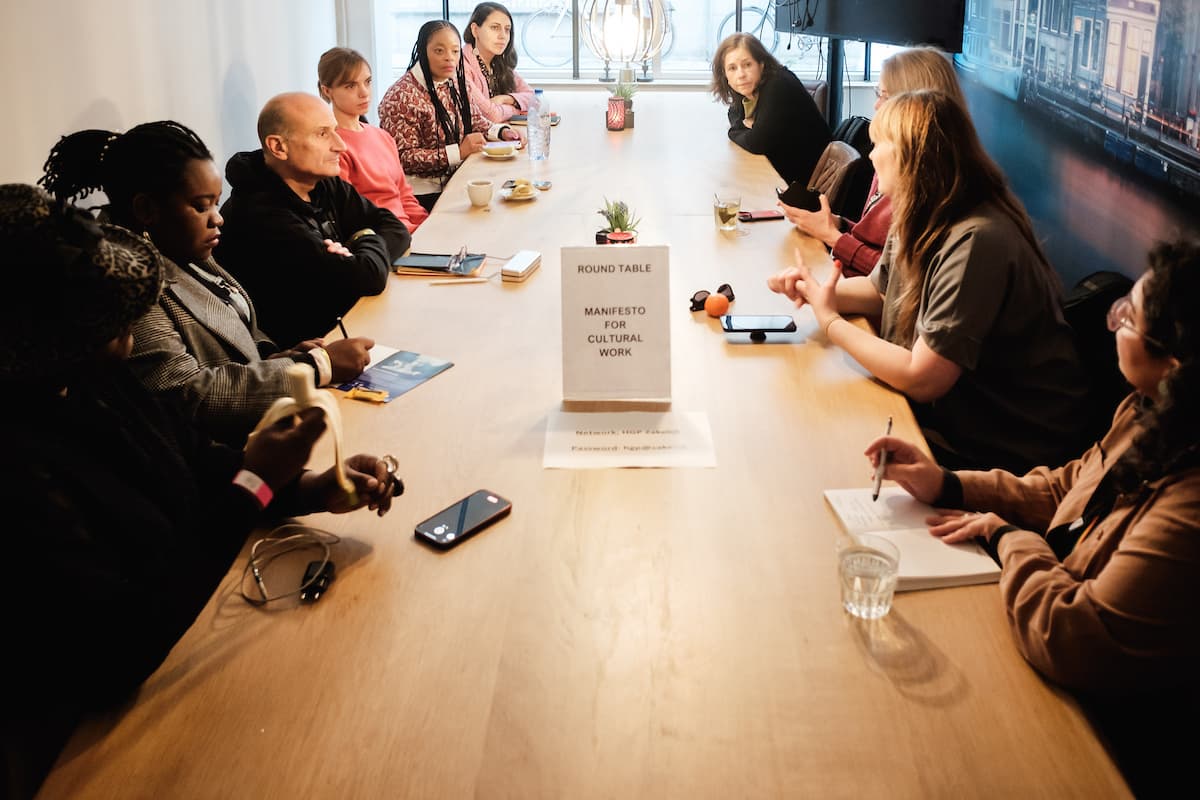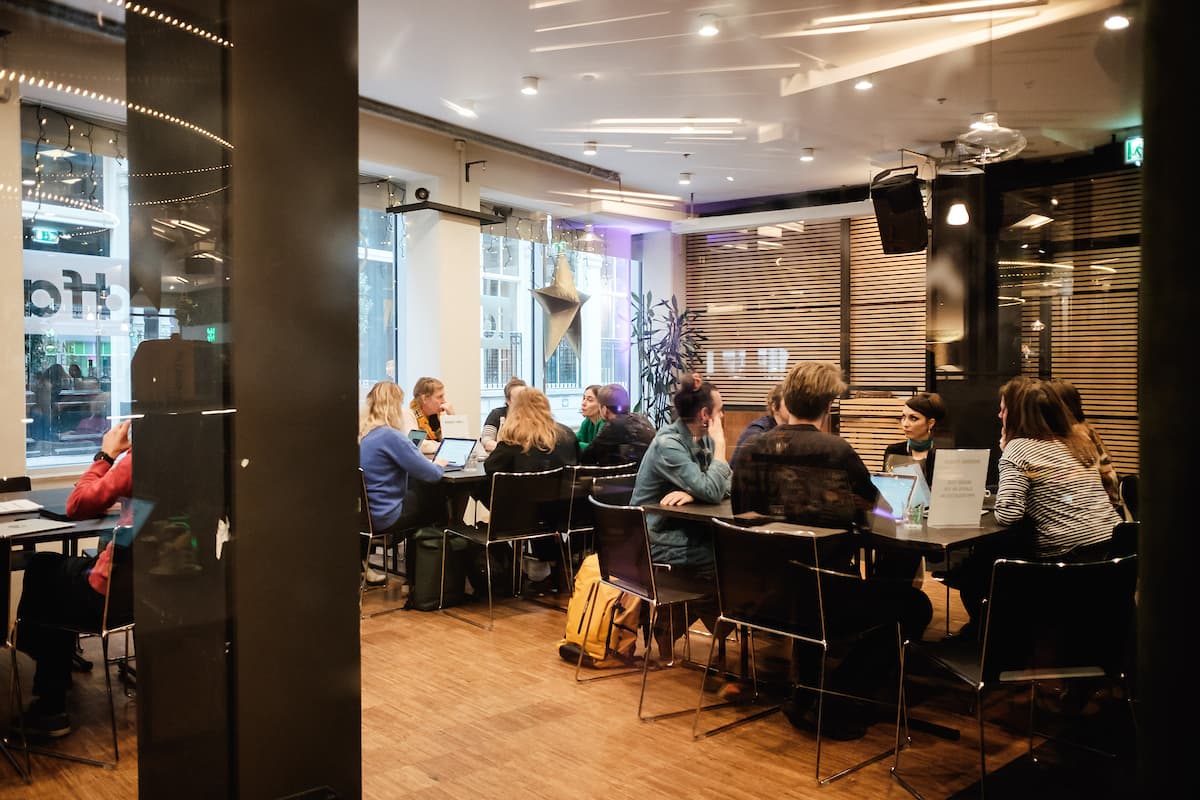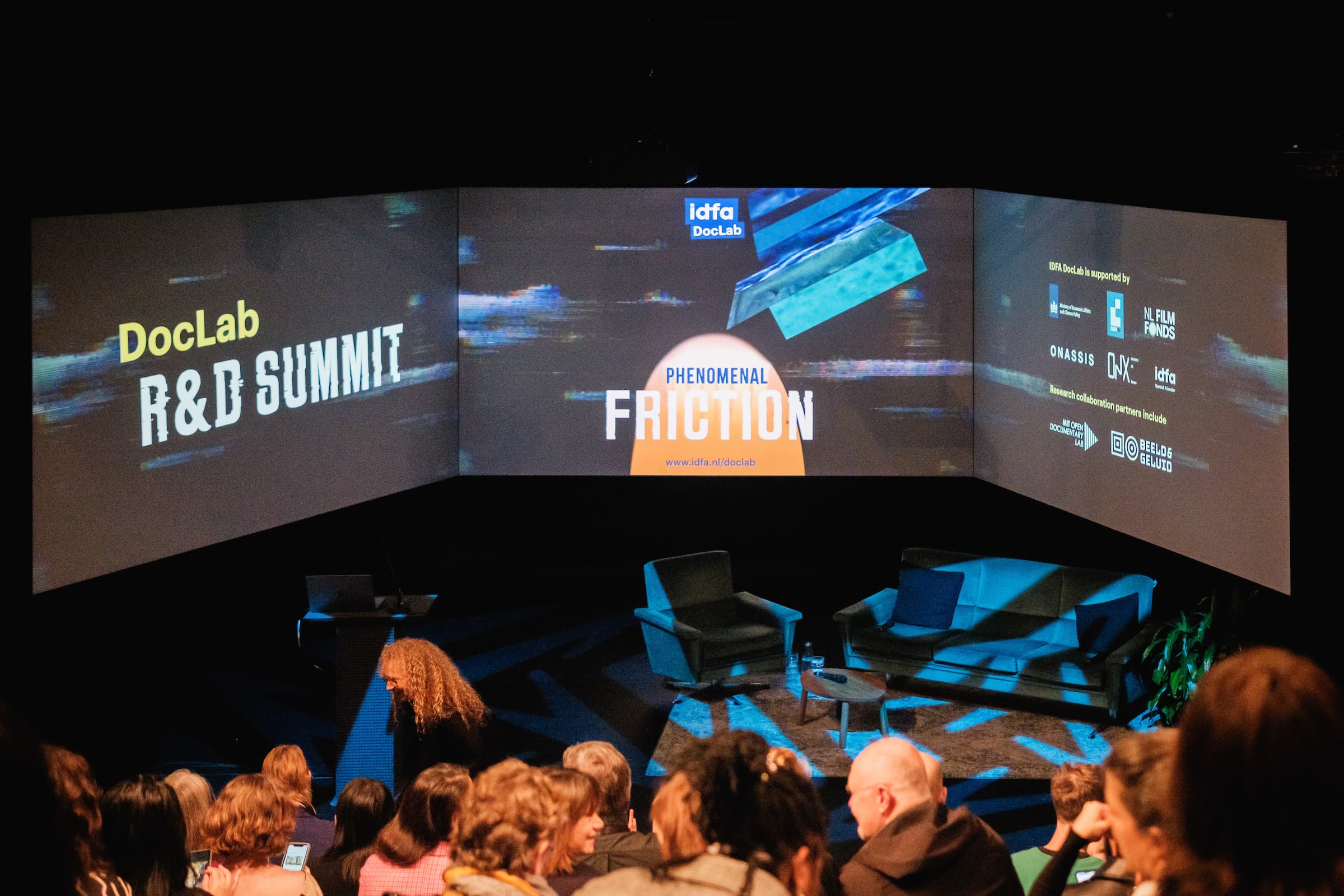
Takeaways from the IDFA DocLab R&D Summit 2023
The DocLab R&D Summit serves as a pivotal gathering for industry experts in interactive and immersive art. The 2023 edition, held on November 12th at the Flemish Cultural Center de Brakke Grond and Het Groene Paleis in Amsterdam during the International Documentary Festival Amsterdam (IDFA), was the largest Summit to date and included participants from 36 different nationalities.
A notable observation this year was the frequent change in professional affiliations among participants—a trend reflecting the broader shifts in the creative industry, especially as many organizations scale back R&D and experimental endeavors due to economic constraints. Notably, the closing of NFB interactive studios is considered a huge loss in the field. Despite these challenges, this year’s Summit underscored the industry's commitment to innovation and its resilience in addressing new challenges.
This report provides a comprehensive overview of the Summit, synthesizing insights from roundtable discussions, plenary sessions, keynotes, and workshops, including the 'VR Beyond the Headset' workshop led by Avinash Changa from WeMakeVR.
Central to this year’s discussions were the persistent and evolving challenges of distribution. As immersive art continues to advance, so do the complexities surrounding its sharing and dissemination. How do we effectively integrate innovative art forms within existing presentation spaces and distribution frameworks?
Creating Space for Immersive Art
Interactive and immersive art connects digital elements with the physical environment, enabling new narratives and offering audiences a more participatory experience. In the context of IDFA, this approach is reshaping the documentary landscape, allowing for engagement that goes beyond traditional storytelling. While there is a growing number of venues open to exhibiting these innovative works, including art galleries, festivals, museums, digital art centers, and public spaces, distributing them effectively remains a challenge. Time constraints and bureaucratic obstacles still hinder the creation of a cohesive network of spaces dedicated to immersive art. Despite proposals for regular meetings and collaborative documents, maintaining momentum has been difficult.
As a production engine without a fixed venue, ONX Studio actively addresses this challenge by facilitating the presentation and distribution of immersive art. The studio collaborates with festivals and other venues to showcase these works and help integrate them into the broader art scene. Their partnership with IDFA DocLab, for instance, enabled the presentation of three impactful interactive installations: The Vivid Unknown by John Fitzgerald & Godfrey Reggio, Shadowtime by Sister Sylvester & Deniz Tortum, and Squeeker: The Mouse Coach by Jiabao Li.
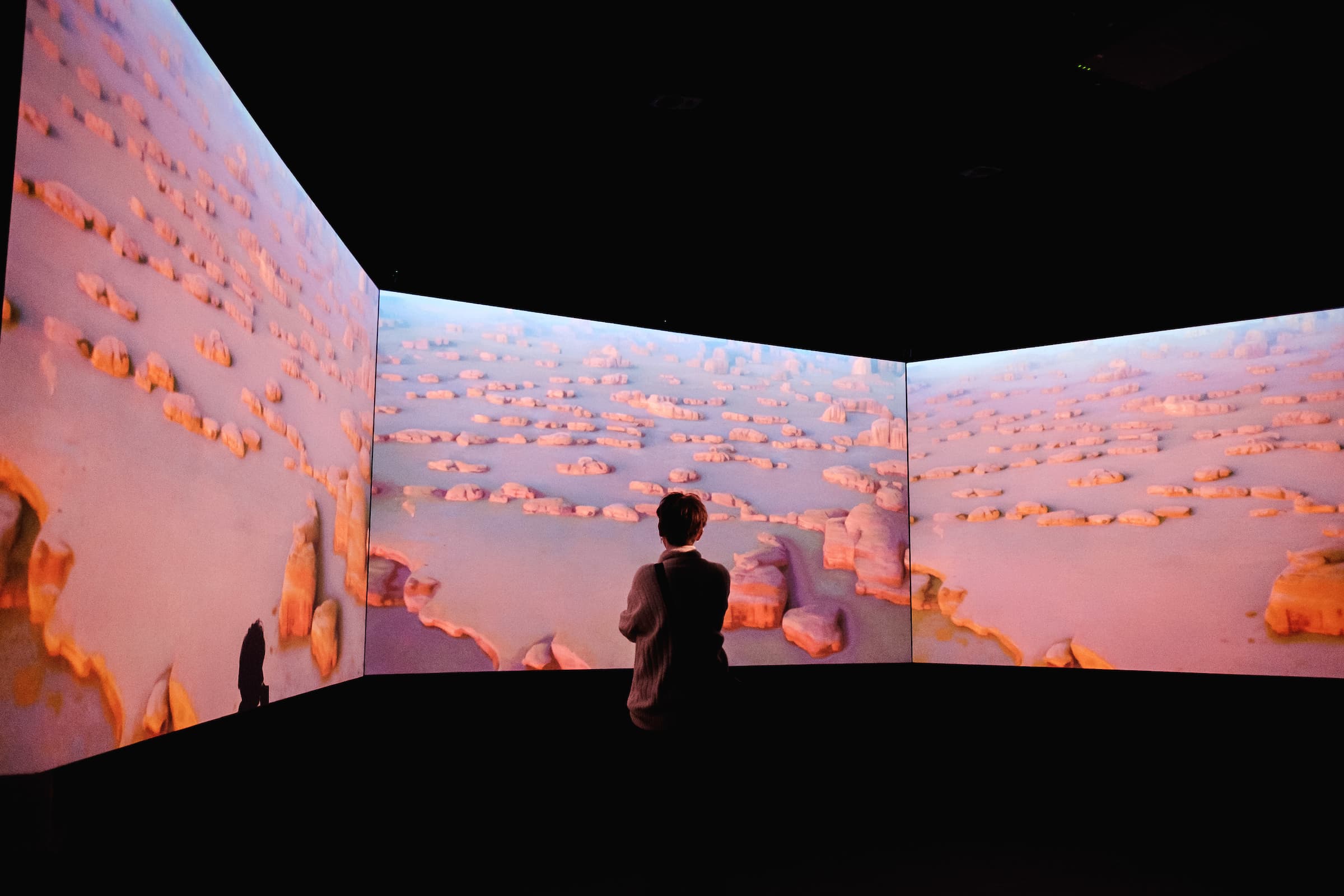
What happens when you feed an AI system the groundbreaking 1982 documentary Koyaanisqatsi? ‘The Vivid Unknown,’ co-directed by Godfrey Reggio and John Fitzgerald, makes a logical and exciting sequel to his Qatsi trilogy.
Navigating the complexities of distributing and showcasing immersive art has led to exploring various venue types, each with its unique strengths and limitations. One intriguing area of opportunity lies in the use of planetariums as venues for immersive experiences. Once primarily venues for traditional scientific fulldome shows, after the Centennial of the Planetarium many are now expanding their programming to include diverse immersive experiences. Planetariums, like the ARTIS-Planetarium in Amsterdam, offer a unique advantage by facilitating collective experiences of projects typically designed for solo engagement within VR headsets.
For instance, this year’s DocLab program featured a fulldome adaptation of Ahorse!, a project originally created as a VR installation in 2018. This created a whole new experience of the piece, while simultaneously providing a case study on the creative act of adapting the original content to a new medium as a digital preservation strategy. This shift highlights both the potential and the difficulties in adapting existing spaces to new creative formats and bridging preservation with presentation. Other explorations of showing VR beyond the headset were demonstrated by Avinash Changa in an insightful workshop: multiple VR works in the DocLab selection of 2023 were shown in front of an audience, allowing for a detailed walk-through of each piece.
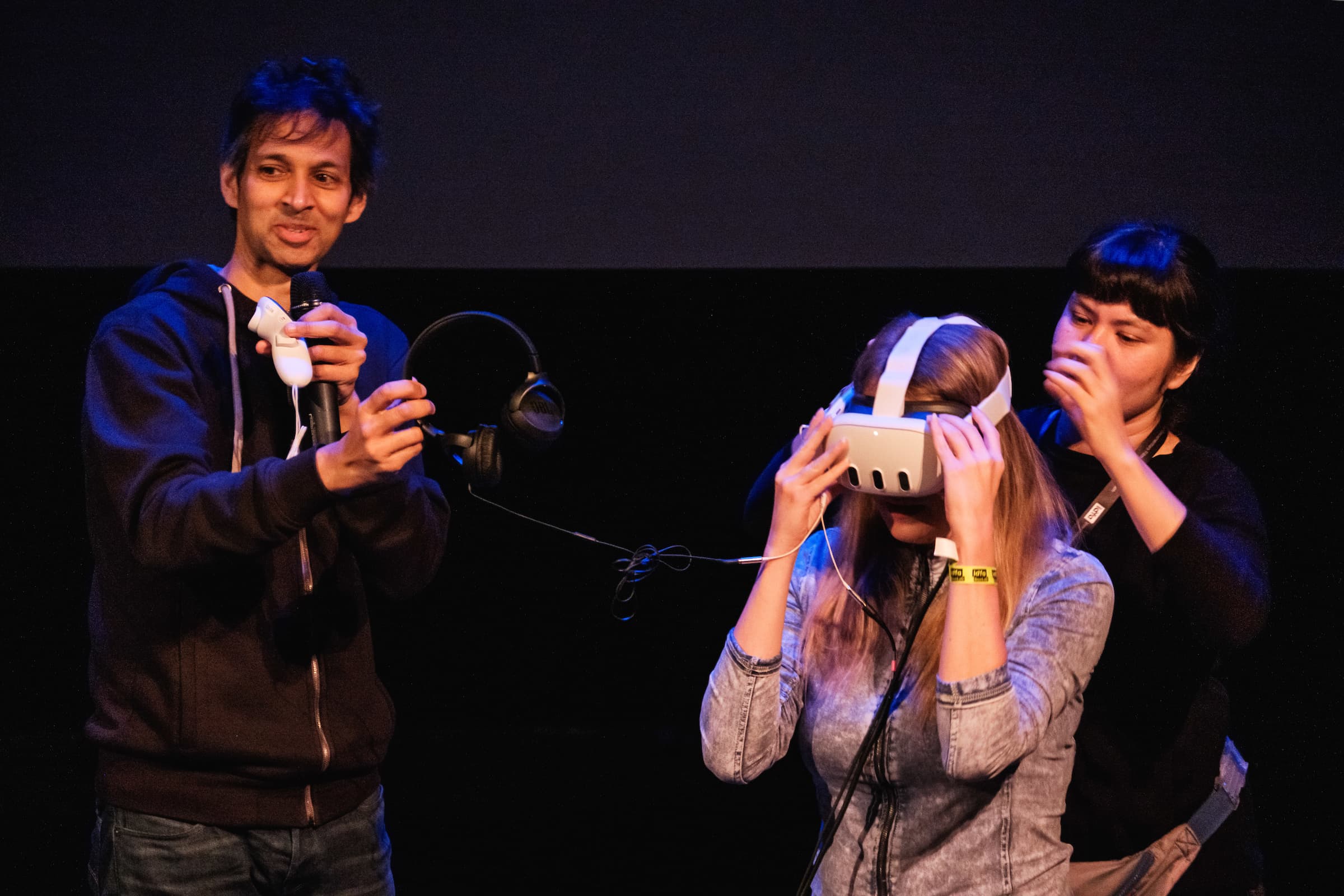
Avinash Changa from WeMakeVR in the workshop 'VR beyond the Headset'
Despite the proliferation of planetariums worldwide and new content distribution models like Cosm's subscription model for planetariums, still the question arose whether fulldome is a sustainable market or a passing trend. This consideration confronts a larger question on institutionalization and innovation. Immersive formats like fulldome and various forms of XR thrive on pushing boundaries and defying conventional norms, which makes them both exciting and challenging. Their inherent novelty drives their appeal but also complicates efforts to standardize and distribute them.
Limited expertise within production teams, financial constraints at festivals, and the need for extensive audience preparation add to these challenges. To overcome these hurdles, the R&D Summit highlighted the importance of developing best practices for XR tours and creating a network of XR-friendly venues to facilitate smoother distribution and greater accessibility.
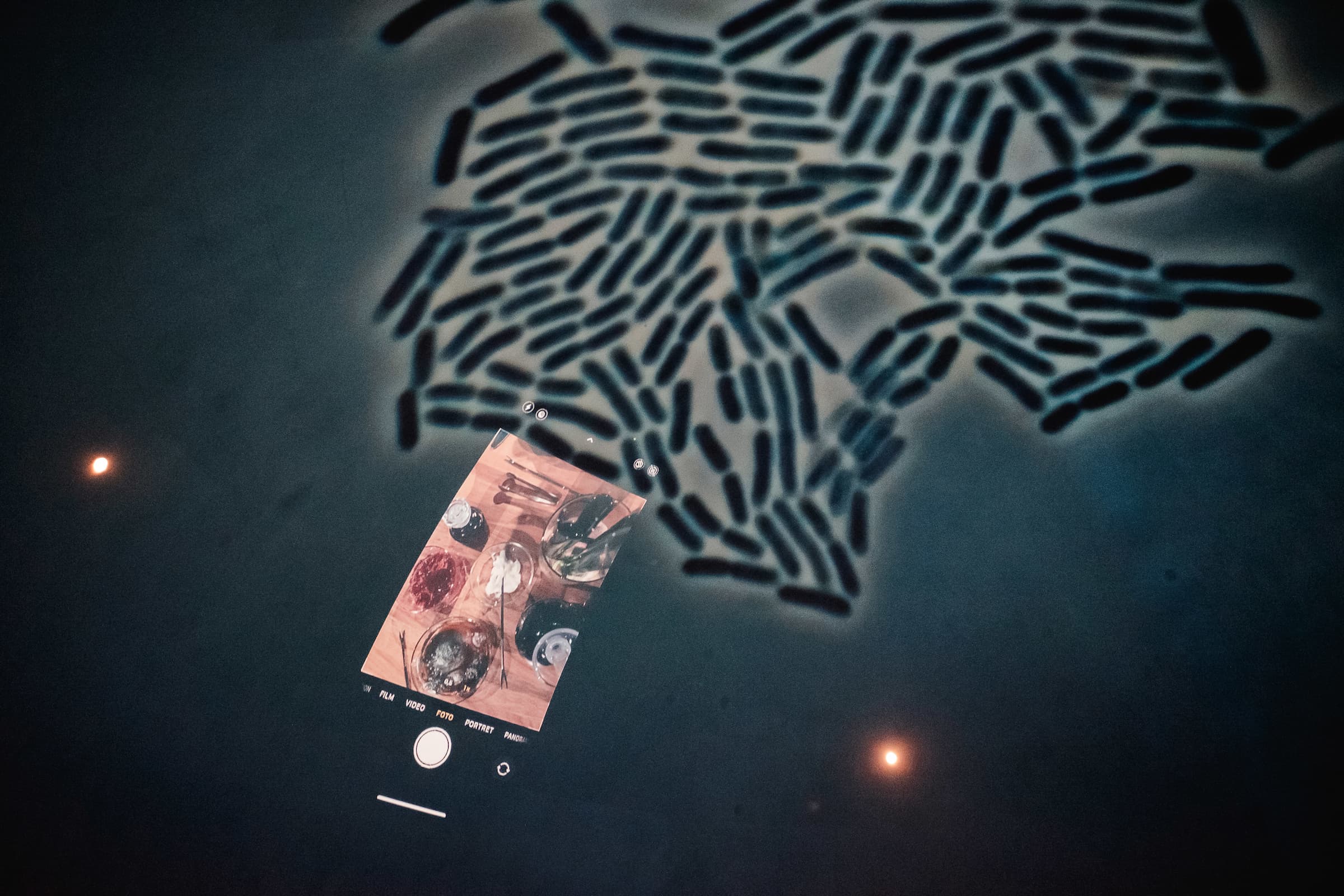
The planetarium is a unique space to experience immersive work collectively (photo: ARTIS-Planetarium, presentation of POLYMORF's microbiome restaurant)
Digital Distribution
As the challenges of distributing immersive art in physical spaces persist, they are mirrored—and sometimes magnified—in the digital realm. Just as finding suitable physical venues poses difficulties, navigating the platforms that host digital and interactive works involves its own set of complexities. The platforms and systems that support the presentation and distribution of interactive works are often an integral part of interactive and immersive artworks, but also introduce significant obstacles with regards to "quality control" and accessing commercial platforms and app stores that must be navigated.
During the R&D Summit, innovative projects that merge gaming with immersive art, such as PHANTOM by Aluta Null, Despelote by Julián Cordero, Yugo: The non-game by Petrit Hoxha and Anouschka by Tamara Shogaolu (winner of the 2023 IDFA DocLab Award for Digital Storytelling), illustrated how creators navigate these platforms and overcome distribution obstacles to gain recognition and reach their audiences.
Platforms like itch.io and Steam offer distinct advantages: itch.io supports indie developers and experimental content, fostering innovation at the grassroots level, while Steam provides broader visibility and commercial potential. Meta’s stringent quality standards and the complexities of transitioning from PC VR to 360 video create significant barriers for indie developers. While platforms like App Lab offer more accessible entry points, they often face issues with curation and discoverability. AR filters made by artists and developed on platforms such as Instagram, Snapchat, and TikTok have specific technical requirements and constraints.
In addition, those platforms have significant control over distribution and monetization, which can limit an artist’s ability to commercialize their work on their own terms. These are just a few of the examples that were brought forward and discussed during the R&D Summit.
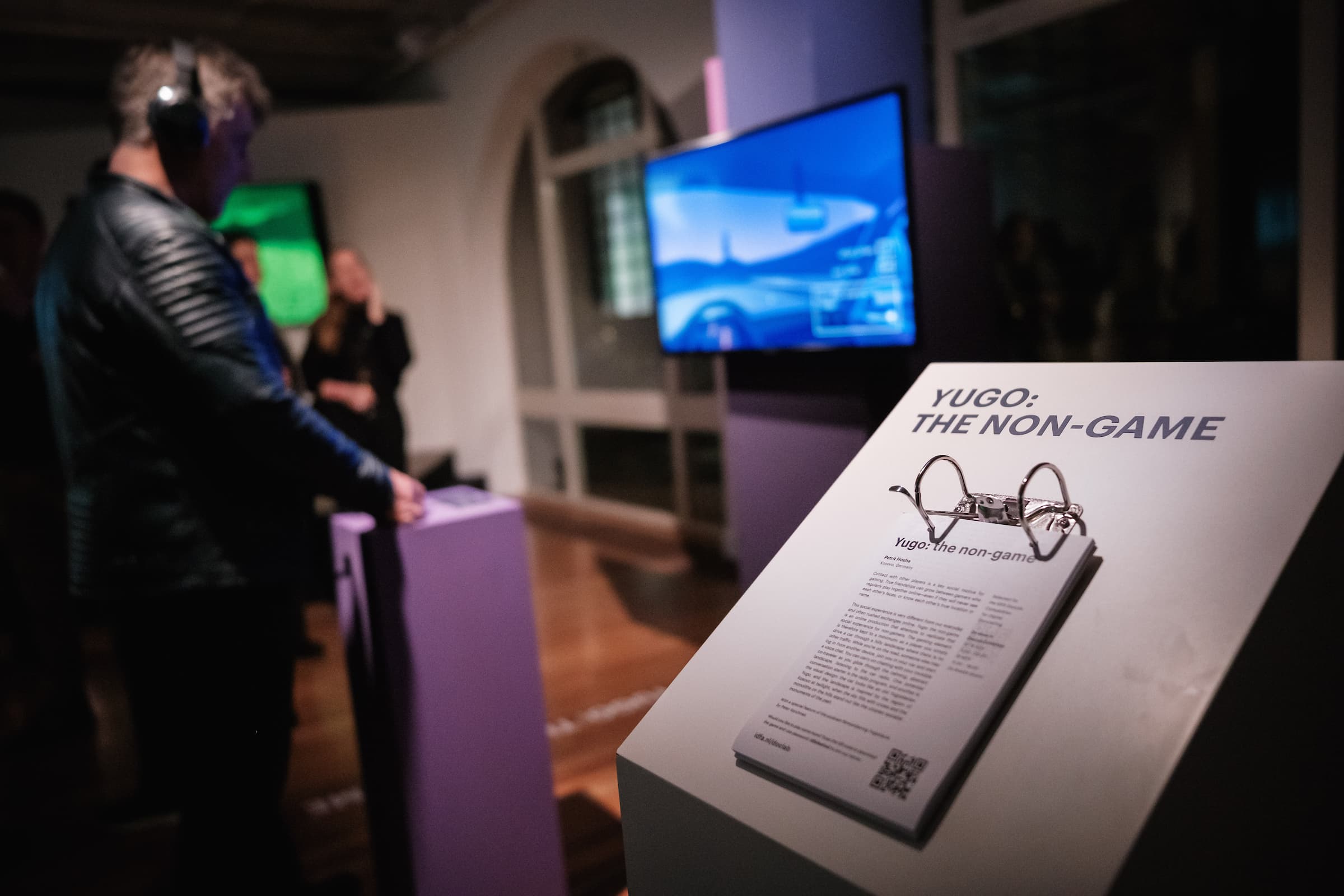
Making social contact is an important motive for many gamers. In ‘Yugo: the non-game,’ you experience the same connections without having to actually play. Calmly drive through a twilit landscape while voice-chatting with players logged in elsewhere.
Speculative Futures
The R&D Summit didn’t just dwell on challenges. The participants also ventured into speculative territories, exploring the future role of AI in cultural work, engaging in thought-provoking conversations about how AI could be integrated into immersive art, not just as a tool but as a collaborator in creating new sensory experiences.
At the roundtable Field Building: Towards Sustainable Cultural Work it was also clear that there was a strong focus on the need to develop a manifesto for cultural work that addresses ethical concerns, artistic autonomy, and the potential of AI to both enhance and disrupt traditional creative processes. This manifesto would aim to guide future collaborations between artists and AI, ensuring that technological advancements contribute positively to the cultural landscape.
Just as finding suitable physical venues poses difficulties, navigating the platforms that host digital and interactive works involves its own set of complexities. The platforms and systems that support the presentation and distribution of interactive works are often an integral part of interactive and immersive artworks, but also introduce significant obstacles with regards to "quality control" and accessing commercial platforms and app stores that must be navigated.

The afternoon program of round table conversations at het Groene Paleis invited Summit participants to venture into current topics facing the industry in greater depth.
Conclusion
Throughout the R&D Summit, it was clear that there's a paradox inherent to immersive art: while breaking conventions, creators hack or criticize the same platforms they use. This in part relates to navigating the platforms with each its own set of complexities and obstacles, with regards to “quality control” and accessing commercial platforms and app stores that must be navigated. This was also brought up in the roundtable session Please Eat My Artwork: multidisciplinary work is both an asset and a challenge - interesting for different groups, yet difficult to translate to different platforms. An example of this included the transitioning from PC VR to 360 video, challenges in capturing video for 360 experiences, and the need to decide on the medium early in development. At another session around the topic of Home Distribution, participants expressed their hope for an improved emphasis on discoverability, curation, and search on platforms like the Quest store.
The latter is part of distribution as a common challenge due to the unconventional nature of immersive art: the difficulty in finding a place when the practice doesn't fit into established categories. Creating a network of exhibition spaces was also discussed, reflecting on last year's focus on XR distribution. ONX Studio actively addressed this challenge by facilitating the presentation and distribution of immersive art. On that front, the need for transparency and a shared portfolio of projects for potential collaboration was emphasized. Additionally, to address these distribution challenges, suggestions include developing a best-practice document for touring XR works, such as this template by Blast Theory. Developments and initiatives like these aim to improve the XR touring landscape.
A key takeaway is that the question of why artists work with different mediums is considered more interesting than distribution challenges. The importance of the creation process was highlighted, acknowledging that each time, it requires different funding and production models. One of the topics around different mediums was working with full-dome experiences as a shared space and a playground beyond ‘traditional’ storytelling. In summary, there's a need for experimentation, flexibility, and interdisciplinary collaboration to cater to diverse audience interests, while some participants also questioned whether the full-dome market is a real market or a temporary trend. Also emphasized were the importance of creative freedom and understanding venue availability, which also circles back to the distribution challenges.
Another example of the why to different mediums, is the essence of collaboration. Collaborations are seen as beneficial for learning and pushing the limits of artwork. For example, collaborations with universities are deemed fruitful and provide financial support. At the same time, there was a recognition of the limited space for hybrid art practices within larger institutions. But overall, combining knowledge and experience by way of collaboration, helps to connect art and science. Another benefit of this is that increased knowledge improves the quality and production level of the artwork. At the same time, participants expressed time constraints as a major hurdle to collaborative initiatives. However, updates during this year's R&D Summit revealed positive developments. Examples include the UK experiencing openings and collaborations with a British cohort engaging with top sectors at SXSW. Similarly, New Dutch Wave in affiliation with CreativeNL present at SXSW as well.
Looking further into the future, a roundtable facilitated by Zeina Abi Assy and Jessica Jabr asked participants to share their visions for the year 2050, touching on subjects including the imaginative possibilities and pitfalls of AI integration into sensory experiences, discussing opportunities and concerns such as privacy issues, lack of legal frameworks, and the impact on personal autonomy. The need for ethical considerations and proactive efforts to shape a positive AI future was a key takeaway, with an emphasis on the role of creative technologists and storytellers in steering AI's direction.
There was also a strong focus on the need to develop a manifesto for cultural work that addresses ethical concerns, artistic autonomy, and the potential of AI to both enhance and disrupt traditional creative processes. This manifesto would aim to guide future collaborations between artists and AI, ensuring that technological advancements contribute positively to the cultural landscape.
